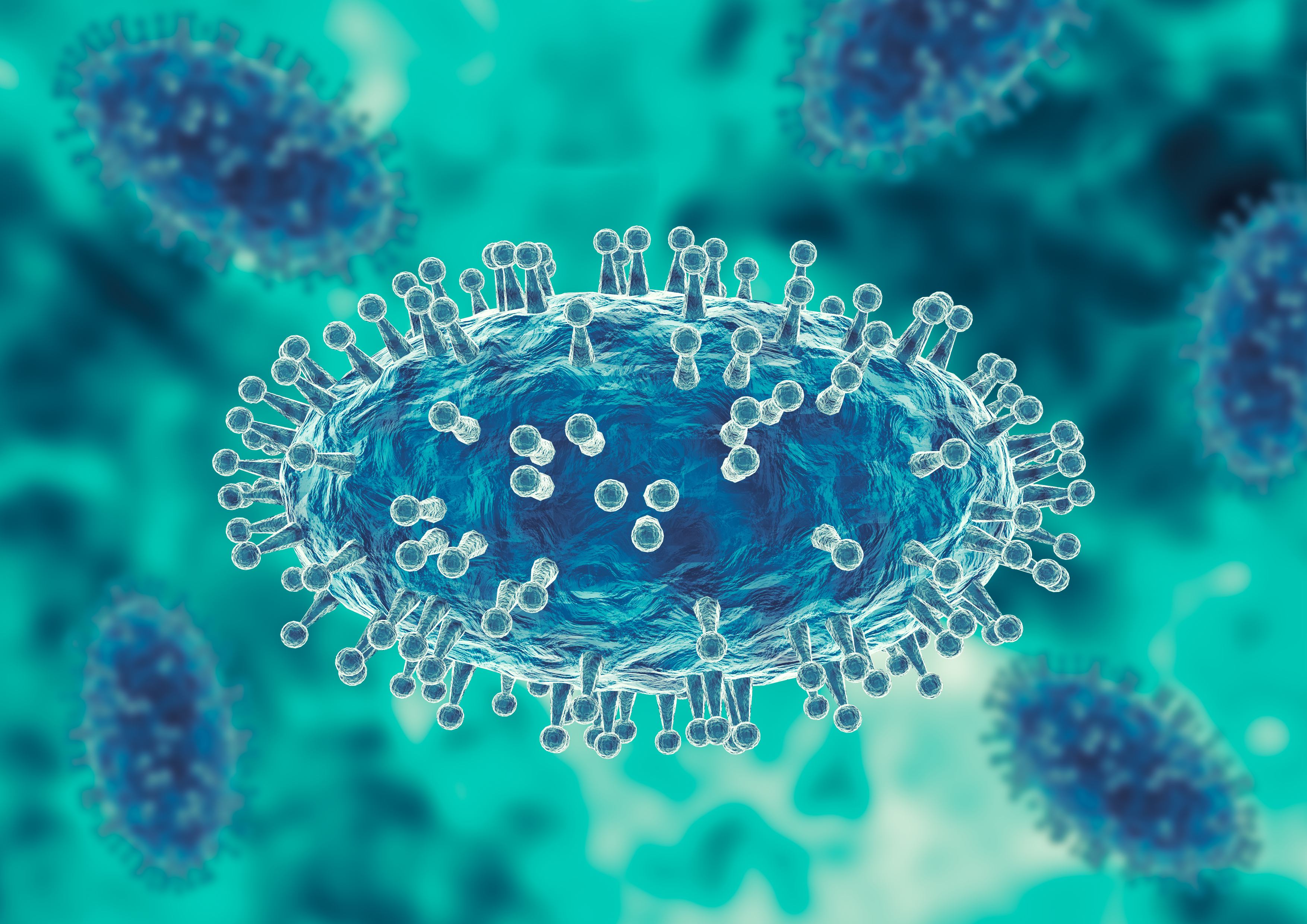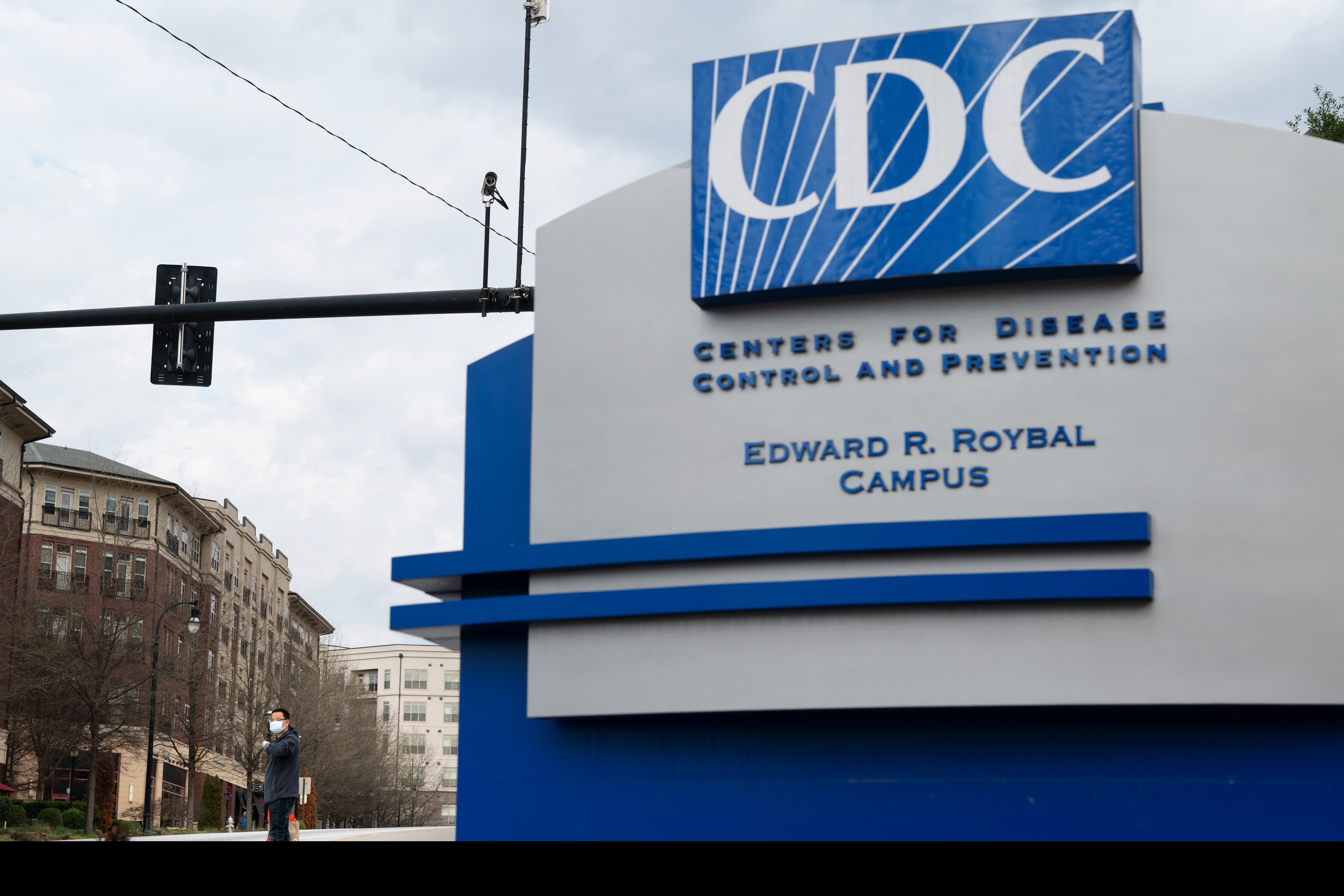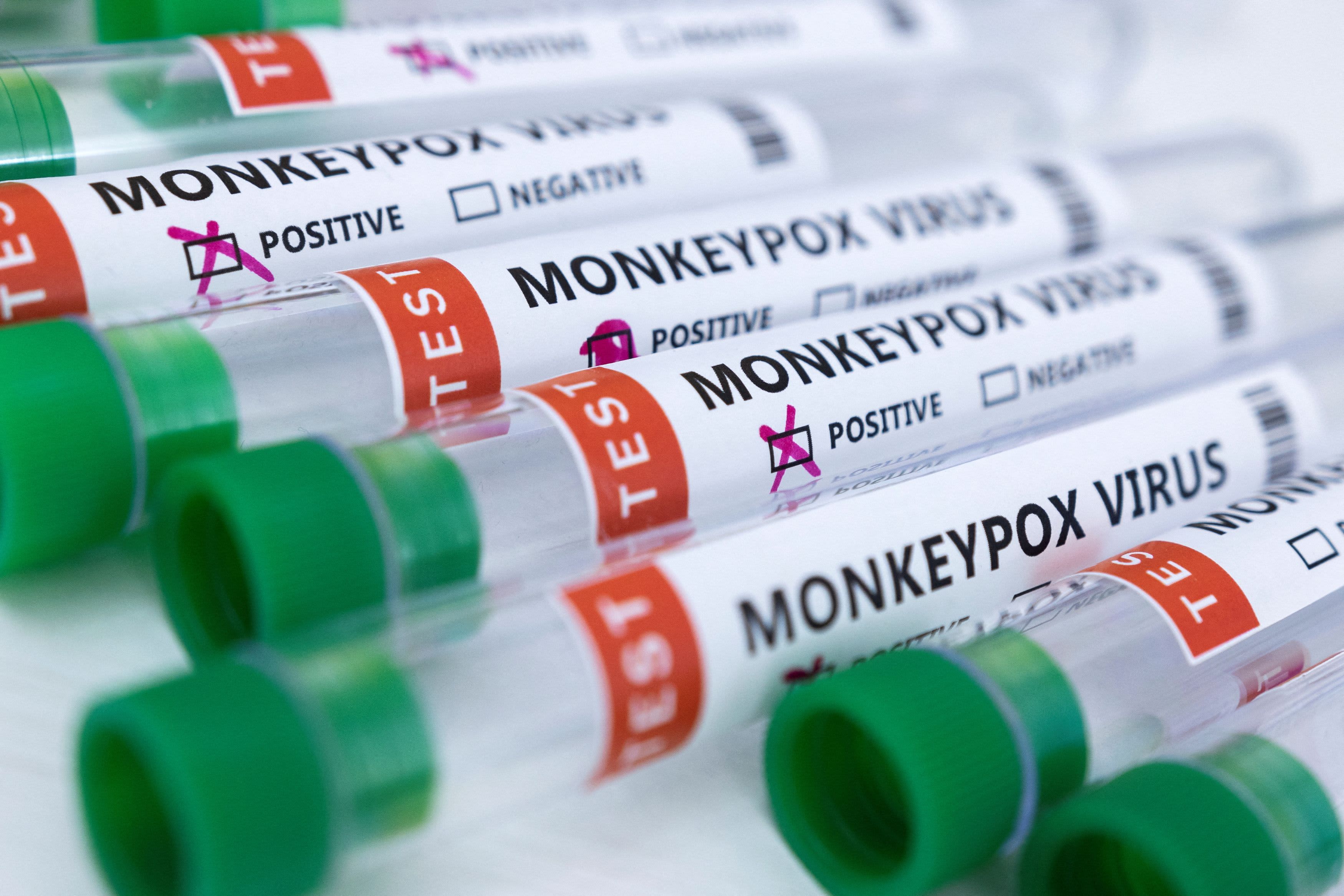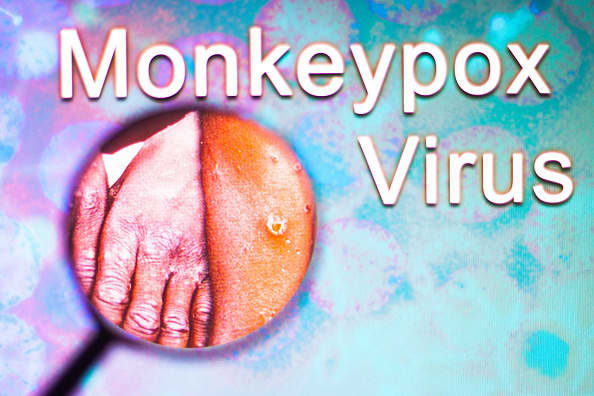Four new presumed cases of monkeypox have been detected in New York City, bringing the Big Apple's rising case count one shy of two dozen.
Health officials said the unusual outbreak afflicting New York, and more than a dozen other states across the U.S., has reached at least 23 people in the city, with two recent cases detected in Westchester and Sullivan counties.
The latest number from the city health department jump four cases from the 19 presumed monkeypox cases reported days earlier.
The individuals tested positive for orthopoxvirus, the family of viruses to which monkeypox belongs, and though confirmation comes from the CDC, the federal agency and local ones say it's important to treat a confirmed orthopoxvirus case as part of the current monkeypox outbreak at this time.
Get Tri-state area news and weather forecasts to your inbox. Sign up for NBC New York newsletters.
Why? Orthopoxviruses are rare in the area generally, New York state health officials say, and symptoms in confirmed cases have been consistent with those associated with monkeypox.
The CDC issued new monkeypox guidance this week as the number of suspected cases nationwide boomed to 72 in 18 states, marking America's largest-ever outbreak of monkeypox, which typically has been confined to other continents.
In New York City, health officials are focusing their educational efforts on providers and on one particular group, the LGBTQ community, which is associated with higher risk.
"The current cases are primarily spreading among men who have sex with men, so this group is now at greater risk of exposure," the health department said in a recent alert.
While the CDC says the risk to the general public remains low, people are urged to avoid close contact with those who are sick, including those with skin or genital lesions, as well as sick or dead animals. Anyone displaying symptoms, like unexplained skin rash or lesions, should reach out to their healthcare providers for guidance.
It is also advised to avoid eating meat that comes from wild game or using products (such as creams, powders or lotions) that come from wild animals from Africa.
More Coverage
What Is Monkeypox?
Monkeypox was first discovered in 1958, when outbreaks occurred in colonies of monkeys kept for research -- resulting in its name. (What you need to know about monkeypox.)
The first case in a human was reported in 1970 in the Democratic Republic of the Congo, which still has the majority of infections. Other African countries where it has been found: Cameroon, Central African Republic, Cote d’Ivoire, Democratic Republic of the Congo, Gabon, Liberia, Nigeria, Republic of the Congo and Sierra Leone.
Human symptoms of monkeypox are similar to but milder than the symptoms of smallpox, the CDC says. It presents itself as a flu-like illness accompanied by lymph-node swelling and rash on the face and body.
Monkeypox starts off with fever, headache, muscle aches, and exhaustion. Monkeypox also causes lymph nodes to swell, something that smallpox does not. The incubation period is usually 7−14 days but can range from 5−21 days.
The CDC is urging healthcare providers in the U.S. to be alert for patients who have rashes consistent with monkeypox, regardless of whether they have traveled or have specific risks for monkeypox. See more information from the travel notice here.





